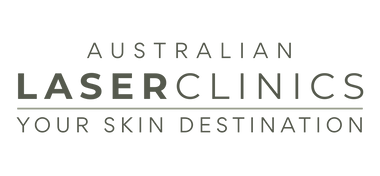How Does Laser Tattoo Removal Work?
We use medical-grade lasers to safely target your unwanted tattoo with ultra short pulses of amplified light.
These pulses of light are attracted to the pigment in your tattoo which then breaks up and shatters the ink in your tattoo. These ink particles are then broken into tiny fragments which are engulfed by the bodies immune cells and eliminated through the bodies waste pathways. Ink particles are safely and naturally flushed out of your system causing the ink to disappear.
The ink particles are broken into tiny fragments which are engulfed by the bodies immune cells and eliminated through the bodies waste pathways. Ink particles are safely and naturally flushed out of your system causing the ink to disappear.
This process is much safer and less invasive than older, primitive treatments such as excision or salabrasion, which often left people with unsightly scars and extended periods of excessive pain.
Pre Treatment
- The area must not receive any sun exposure for a minimum of one month prior to treatment. Following treatment, an SPF30 or greater sunscreen must be used daily to protect the treated area.
- Avoid any form of tanning throughout your treatment. This includes accidental sun exposure, fake tans, colour building moisturisers and the use of solariums.
- If there is hair where the tattoo is located, please ensure you shave the treatment area the day prior to treatment.
Post Treatment
To get the most out of your treatment, make sure to abide by the following post care guidelines:
- Immediately after your tattoo has been removed, you should rest and alleviate the treated area.
- Use cool packs and/or soothing gel for comfort and to reduce swelling.
- Wash area gently every day (do not scrub). After 24 hours, apply a paraffin type product to keep crusty areas moist.
- Do not pick or scratch any crusting that may be present, as this will dramatically increase the risk of infection and/or scarring.
- Until the redness and crusting has healed, avoid the use of scented lotions, soaps or creams containing AHAs
- Avoid excessive scrubbing and shaving
- Avoid swimming in chlorinated pools or spas


